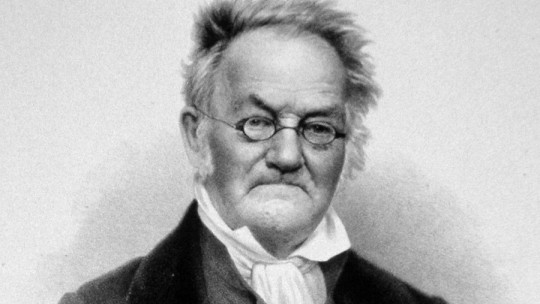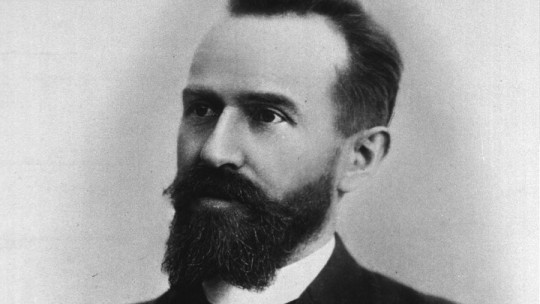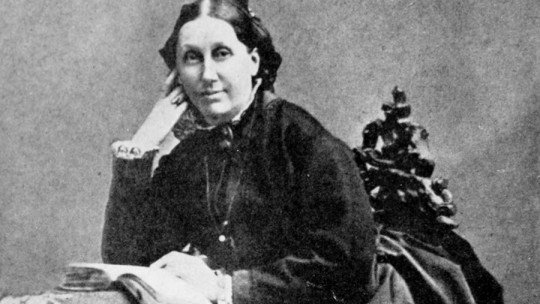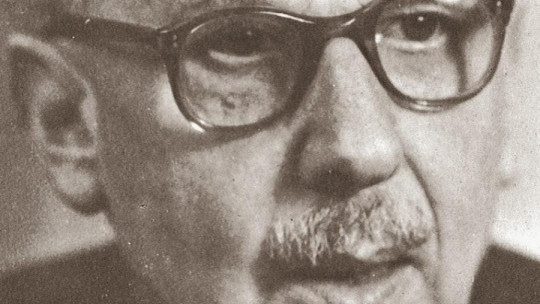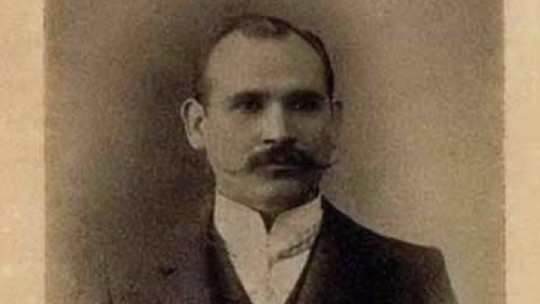Throughout history there have been different people who have made important contributions in the field of education.
One of the most notable personalities is Johann Heinrich Pestalozzi, an influential Swiss pedagogue and educator. From the values of the Enlightenment, this researcher proposed that education could be used to improve the quality of life of society in general, also in terms of material living conditions.
We are going to review the life of this magnificent Swiss educator and learn more about what his contributions consisted of in the field of pedagogy, through a biography of Johann Heinrich Pestalozzi
Brief biography of Johann Heinrich Pestalozzi
Johann Heinrich Pestalozzi, also known as Enrique Pestalozzi, was born in Zurich, the capital of Switzerland, in 1746. His father was a doctor, and he died when Pestalozzi was still very young (he was only 6 years old when the tragic event took place). At the age of 15, he entered the Gymnasium, or Collegium Humanitatis, a prestigious center where he received a complete education which included political and historical knowledge and languages such as Hebrew and Greek.
His maternal grandfather, who was a religious pastor, had a great influence on him. Johann Heinrich Pestalozzi He usually accompanied his grandfather to visit parishioners, and it was during these activities that he became truly aware of poverty , its effects, and its relationship with education. She realized that children were abandoned by both political and ecclesiastical powers, and it was common for them to start working at very early ages.
Originally, Johann Heinrich Pestalozzi was also going to become a clergyman, like his grandfather. But through his lived experiences and with the influence of the philosopher Rousseau, he finally decided to direct his career towards law and politics, with the goal of achieving social change in childhood and education. He also began to interact with the world of Freemasonry.
Youth and activism
Rousseau’s works were banned by the Swiss government, which feared that the population would begin to doubt the authority of political power or the Church, and an order was even issued to imprison the author. One of Johann Heinrich Pestalozzi’s former professors, together with another group of philosophers, founded the Helvetic Society The objective was to defend the values of freedom that were championed by Rousseau’s work and achieve changes in the Constitution.
Pestalozzi became involved in this new group, writing for the newspaper Der Erinnerer, associated with said group. Through his articles, Johann Heinrich made public different cases of corruption and prevarication. He was accused of helping one of the members of the Helvetic Society escape, and this earned him imprisonment for several days. The newspaper was closed for being considered radical and dangerous.
Thanks to these actions, Johann Heinrich Pestalozzi He began to make enmities between very important personalities on the political scene , which cut short his plans to build a career in the legal world. This made him draw up a new, totally different plan.
Farm Creation
Pestalozzi decided to follow in the footsteps of a fellow member of the association and take over an apparently worthless farm to work on as a farmer. The idea was to acquire vacant land and follow the methodology that his friend, Johann Rudolf Tschiffeli would teach him, to convert those lands into fully operational farms. He got financing and got his plan rolling.
He took advantage of his land to build a house, called Neuhof. Unfortunately, he would soon realize that it was impossible to farm on those lands, and he lost the financing. Alternatively, he thought it would be a good idea to raise sheep to get into the wool business. During that time he also married Anna Schultthess, with whom he would have his only child, Jean-Jacques, who suffered from epilepsy.
Financial problems were drowning Johann Heinrich Pestalozzi, and in this situation he came up with an idea that could solve both his situation and that of many children who suffered from poverty. He transformed his property, Neuhof, into an industrial school The project seemed to get off to a good start, even achieving financing, but after a few years it had to close, because it was economically unfeasible to continue.
literary projects
Totally ruined, Johann Heinrich Pestalozzi He went on to focus on his literary career He began with a work of aphorisms called “The Nocturnal Hours of a Hermit”, which he published anonymously in the magazine Die Ephemerides, by his friend Isaak Iselin. It was not a great success, initially. But then he thought of using all the knowledge about the life of the peasants that he had known together with his grandfather, and captured them in a four-volume series of works titled “Leonardo and Gertrude.”
In these books, Johann Heinrich Pestalozzi represents a teacher, a clergyman, a housewife and a politician in four characters, as representatives of society , and is about the moral values that the housewife instills in her children and how the rest of the characters try to emulate them in their respective fields. The first volume had a great impact, although this was not the case with the rest of the publications.
He continued with that line, publishing “Christopher and Elizabeth”, a work in which these characters had a series of dialogues in which the theme revolved around corruption. He also worked as an editor at a weekly newspaper, but unfortunately it closed its doors shortly after beginning the collaboration.
Already in 1794, on a trip to Germany in which Johann Heinrich Pestalozzi was going to visit his sister, He had the opportunity to interact with a series of personalities such as the philosopher Johann Gottlieb Fichte, who saw great value in Pestalozzi’s ideas regarding education and suggested he write about it. This project took him three years, and it materialized in the work “My investigation”, about the course of nature in the development of the human race. It did not have wide circulation and marked the end of his literary career.
Career as an educator
After this new failure, the situation of poverty devastated Johann Heinrich Pestalozzi and his family. But in 1798, an event was going to change the course of his luck. The French Revolution spread his ideas throughout Europe, and this caused serfdom to end in Switzerland. As a result, Pestalozzi He decided to propose an educational project to the ministry, which after a while resulted in a position as an educator in an orphanage in the city of Stans
Stans had been invaded by France, and many children had been orphaned, so the creation of this orphanage became necessary and Johann Heinrich Pestalozzi assumed his role as teacher. It was there where he was finally able to materialize all of his great ideas about education into a real project. His rapid and satisfactory results led to Pestalozzi being promoted to a position as an educator of older children.
Since his methodology was undoubtedly good, found himself in a position to open a new school, this time in Burgdorf , aimed at children of middle-class families. Johann Heinrich Pestalozzi was standardizing a methodology that would have great success. He took the opportunity to publish How Gertrude Teaches Her Children, which was spectacularly well received. His new work made him so popular that the institute received visits from people from all over the country.
The success was such that the government itself made the Burgdorf school its own, providing Johann Heinrich Pestalozzi and his employees with a salary at the expense of the state, and facilitating the publication of textbooks, which were translated into three new works. However, the political changes that were advancing through Europe through Napoleon put the school in danger. He wrote a document to make the emperor see the importance of this institution, but to no avail.
Institute transfers
The new government that was established in Switzerland withdrew his right to use the Burgdorf castle where the institute was located, offering him in exchange the use of a monastery in Münchenbuchsee. This new institution would have a very short history, since Johann Heinrich Pestalozzi had a bad relationship from the beginning with the director assigned to the school, so he decided to move his institute again.
The new location was in Yverdon Here he decided to establish not one, but several schools, two of them to be able to segregate students based on sex, another to be able to offer an education to deaf and mute students and one more designed for poor children whose families could not afford a high school education. quality. At this time, Johann Heinrich Pestalozzi was appointed president of the Swiss Society in which he was so active in his youth.
For this society he writes his last two works, where he synthesizes the principles that have moved its educational system. In them he talks about treating concrete concepts before abstract ones, working on what is close before what is far away, starting with simple exercises before delving into complex ones or always working gradually. They are simple principles, but extremely important and their importance continues to this day. Finally, Pestalozzi died in Brugg in February 1827.
Thanks to the immense work of Johann Heinrich Pestalozzi, Switzerland practically achieved the eradication of illiteracy around the year 1830, long before most developed nations.



